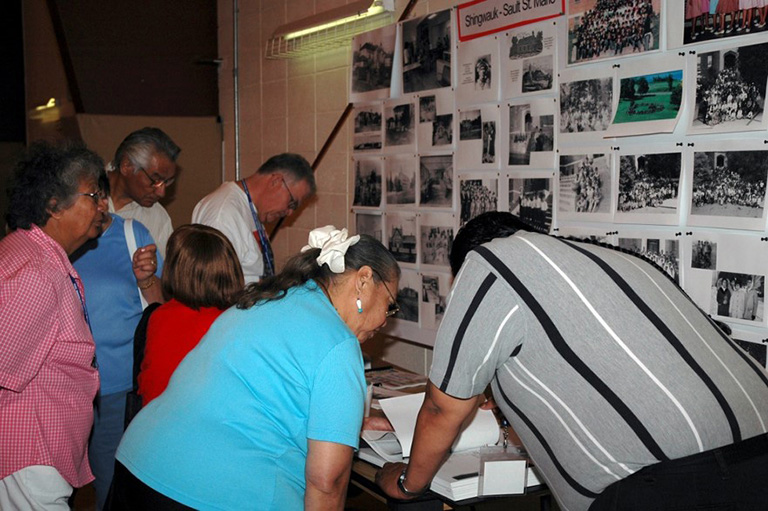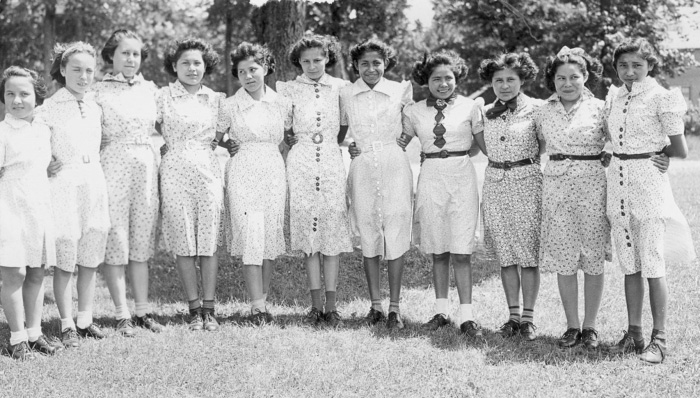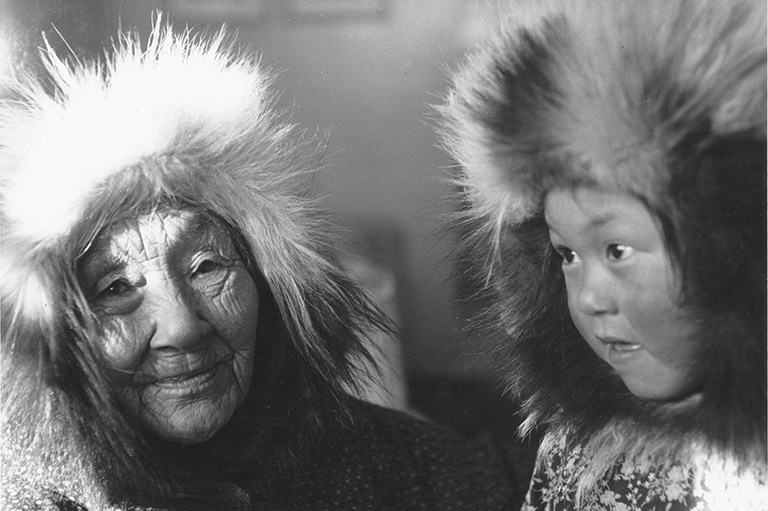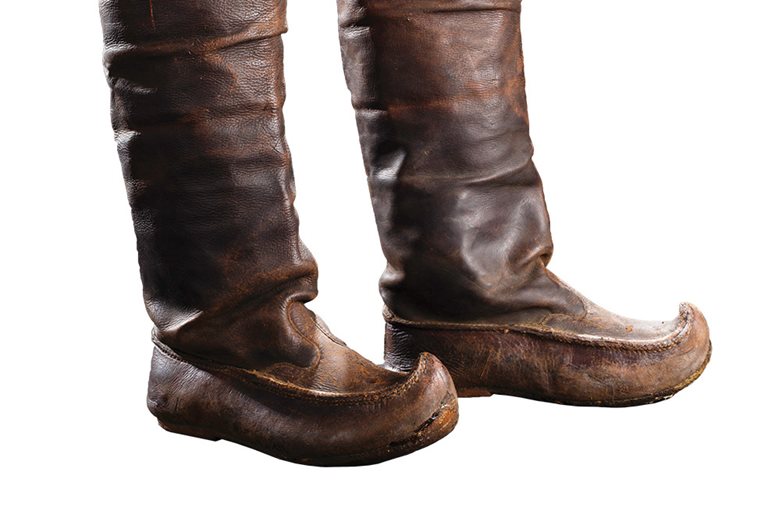Remember the Children: Photograph Identification Project

Photographs have an amazing ability to start conversations about the past. Digging up family photos of your parents dressed for prom can spark laughter, reminiscing, and intergenerational conversations.
But what about people whose parents don’t have photographs of their childhood?
This is the reality for many residential school survivors. Photographs at residential schools were taken by staff, church organizations, or government officials and these images rarely ended up in the hands of the students. The photographs ended up in private, church, or government archives, often without context and with very few students identified in the photos.
Starting in 2005 the Shingwauk Residential Schools Centre (SRSC) began the Remember the Children: Photograph Identification Project to help change this. This project has worked to identify people in residential school photographs and put the images back into the hands of the Indigenous communities represented in the pictures.

The pilot for Remember the Children focused on the thousands of images held by the Shingwauk archive relating to the residential schools that were located in Spanish, Ontario. SRSC staff digitized the photographs, created thematically organized reproduction photo albums, and these albums were then taken into First Nation communities in the Algoma-Manitoulin region. A handful of survivors acted as volunteer liaisons for this project, introducing the photo albums to communities and starting conversations about the photographs.

At the conclusion of the pilot over 40 percent of the individuals pictured in the albums had been identified. But perhaps more meaningfully, updated copies of the albums were left in the communities and anyone who recognized themselves or a family member in a photograph was provided with a free copy of the image.

Since this pilot Remember the Children has expanded and the project now includes photo albums for every residential school in Ontario as well as select schools in Western Canada and Northern Quebec. These photographs have been brought into homes, community centres, and local events across Canada and everywhere they go they start conversations.
These conversations are not always easy. Images of residential schools can be difficult to look at, especially for those who lived through the experience. They can be triggering. Out of respect for these realities the SRSC has worked closely with health support organizations to make sure that photographs can be viewed in safe spaces.
These difficult moments and conversations can be important. They can ignite discussions between parents and children about what residential school life was like, they can be tools of healing and reconciliation, and they can allow for the reclaiming of lost family history.

Next time you see a photograph of a residential school student in the media pause and think about how that photograph came to exist, where it is stored now, and who the students are in the photograph. Everyone in that photograph has a story, and residential school images can be a starting point for Canadians everywhere to talk about this history, and begin thinking about reconciliation.

Themes associated with this article
Advertisement
You might also like...
Sign up to receive your FREE issue and educational package devoted to Treaties and the historic Treaty relationship between First Nations peoples and the British Crown, now represented by the government of Canada.
Kayak’s Treaty issue and educational package is aimed at Grades 2–7, however there are also educational materials for Grades 7–12.








